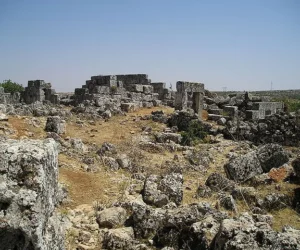The Ruins of Bara are located in northern Syria, within the region of Jabal al-Zawiya. Bara was once a thriving town during the Byzantine Empire. Today, its ruins offer insight into the region’s rich history and the life of its past inhabitants. Historical Background Bara was established in the 4th century AD. It quickly became…
Ancient Artifacts
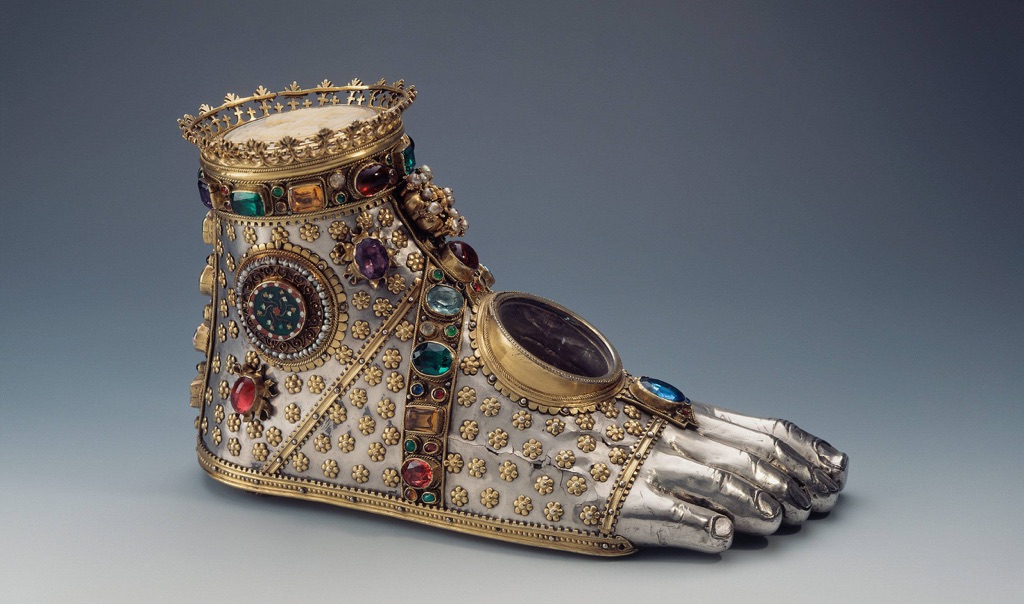
Moving to the East, ancient China artifacts like bronze vessels and oracle bones shed light on the rituals and governance of early Chinese dynasties. These artifacts highlight China’s long history of craftsmanship and written language. Similarly, ancient Egyptian artifacts are world-renowned, particularly for their funerary art, such as the treasures from King Tutankhamun’s tomb. These pieces reflect the Egyptians’ beliefs about death and the afterlife. Artifacts are not just old objects to be displayed in museums; they are keys to unlocking the secrets of human development across the ages. They preserve the ideas and values of people who lived thousands of years before us. Through careful study, they teach us about our collective history and heritage.
Among the most famous ancient artifacts in the world is the Rosetta Stone. Discovered in 1799, this granodiorite stele was the key to understanding Egyptian hieroglyphs—a script made of small pictures that was used originally in ancient Egypt for religious texts. The Rosetta Stone is inscribed with a decree issued at Memphis in 196 BC on behalf of King Ptolemy V. The decree appears in three scripts: the upper text is Ancient Egyptian hieroglyphs, the middle portion Demotic script, and the lower Ancient Greek. Because it presents essentially the same text in all three scripts, it provided the crucial link for scholars to decipher Egyptian hieroglyphs, thereby opening a window into ancient Egyptian history.
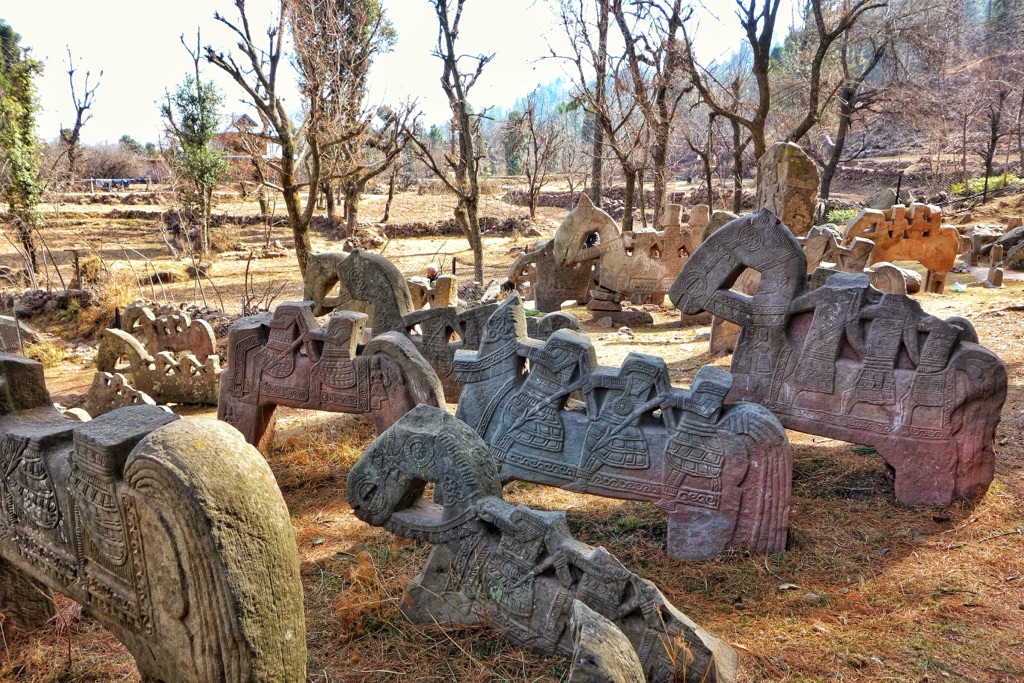
The title of the oldest artifact on earth goes to the stone tools found in Lomekwi 3, Kenya, which date back to 3.3 million years ago. These tools predate the earliest known humans and suggest that tool-making was a part of our pre-human ancestors’ way of life. These ancient tools mark a significant milestone in human evolutionary history, indicating the beginnings of technology and innovation. They are not just simple objects; they represent the dawn of human ingenuity and the very first steps towards the complex societies we have today.
An ancient artifact can be defined as any item made or used by humans in ancient times that has cultural, historical, or archaeological significance. These artifacts can range from monumental structures like the pyramids of Egypt to small, everyday objects like Roman coins. They can include items as diverse as weapons, clothing, and artwork. Each artifact, no matter its size or apparent significance, offers a glimpse into the lives of those who came before us, providing evidence of past behaviors, beliefs, and social structures.
Famous ancient artifacts not only include monumental finds like the Rosetta Stone or the treasures of Tutankhamun’s tomb but also the Terracotta Army of China, the Dead Sea Scrolls, and the Venus of Willendorf. The Terracotta Army, buried with the first Emperor of China, Qin Shi Huang, consists of thousands of life-sized figures meant to protect the emperor in the afterlife. The Dead Sea Scrolls, discovered in a series of caves near the Dead Sea, are ancient Jewish texts that offer invaluable insight into the history of Judaism and the early text of the Bible. The Venus of Willendorf, a small Paleolithic figurine discovered in Austria, dates back to about 28,000 BCE and is thought to represent fertility. Each of these artifacts, in its own way, has reshaped our understanding of human history, offering evidence of the complexity, diversity, and ingenuity of ancient civilizations.
List of Discovered Ancient Artifacts
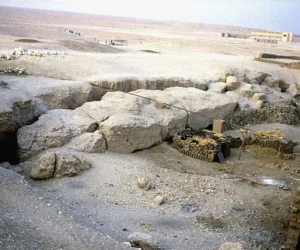
Tomb Of Intef
The Tomb of Intef refers to several burial sites of Egyptian rulers named Intef. These rulers were part of the 11th Dynasty, which ruled during the First Intermediate Period, around 2150–1991 BC. The most notable tombs belong to Intef I, Intef II, and Intef III. Each ruler contributed significantly to the reunification of Egypt, setting…
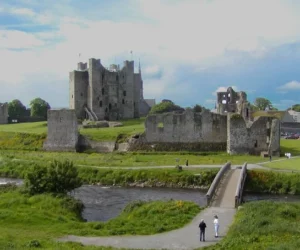
Trim Castle
Trim Castle, located in County Meath, Ireland, is the largest Anglo-Norman castle in Ireland. Its construction began in the late 12th century AD, under the direction of Hugh de Lacy. The castle served as a key strategic and administrative center during a period of Anglo-Norman expansion in Ireland. This article provides a comprehensive overview of…
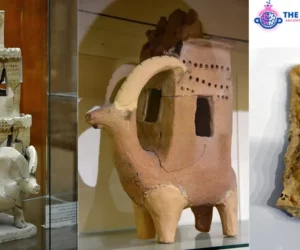
Tell Bazmusian
Tell Bazmusian is an important archaeological site located in the Zagros Mountains of present-day Iraq. The site lies near the town of Ranya in the Sulaymaniyah Governorate, within the Ranya Plain. This area is rich in history, as it has been continuously inhabited for thousands of years. Tell Bazmusian provides crucial insights into ancient Mesopotamian…
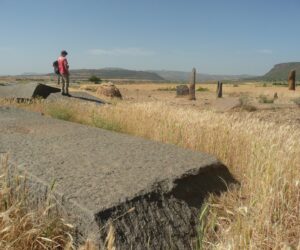
Gudit stelae field
Exploring the Gudit Stelae Field The Gudit Stelae Field, located in Aksum, Ethiopia, stands as a remarkable testament to ancient Aksumite culture. These towering monoliths reflect the region’s rich history and its connection to broader megalithic traditions in the Near East and Africa. Types of Stelae The Aksumite stelae come in four primary forms: At…
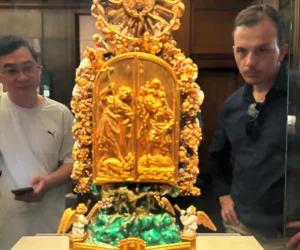
Holy Thorn Reliquary
The Holy Thorn Reliquary: A Masterpiece of Medieval Art The Holy Thorn Reliquary, likely crafted in Paris during the 1390s, holds a relic believed to be a thorn from the Crown of Thorns worn by Jesus. John, Duke of Berry, commissioned this remarkable piece. Ferdinand de Rothschild bequeathed it to the British Museum in 1898,…

